The design for each year was the same in 21-24, 25-26 and then 27-28, though there is evidence from the boxing side that the 1928 design carried into 1929 (the boxing cards have records and copyright dates on their backs and there are fight records with late 1928 or even early 1929 bouts listed on 1928 copyrighted cards, indicating that the cards were issued into 1929), which I think is true with baseball too since I find the 1928s easier than the 1927s. I think they milked a design as far as they could by reusing as much art as they could, then redesigned when sales dropped. The reuse is evident in cards like the 1921 and 1923 Ruth, which is basically the same card with and without a border. It seems that the first design cycle was four years, 1921-24,, then they went to two year cycles. That suggests to me that they found the sales drop-off unacceptable after about two years. It also suggests that there may have been a shorter window on the later issues in a cycle simply because the kiddies stopped buying the cards and the company quickly redesigned.
Further evidence of flow is found in oddball sets, sample cards, and publicity material. In terms of sets, the PCL set has a 1928 design:
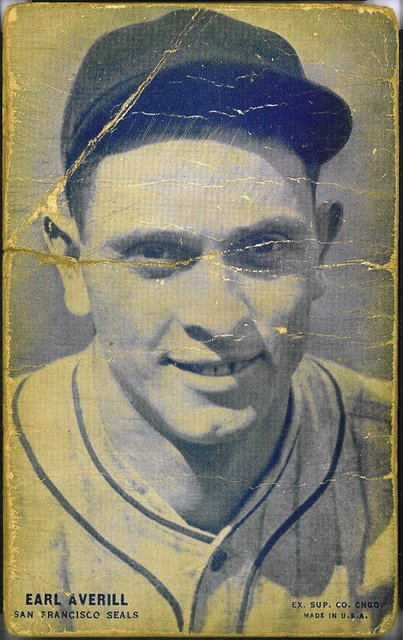
Here is a 1928 MLB card:
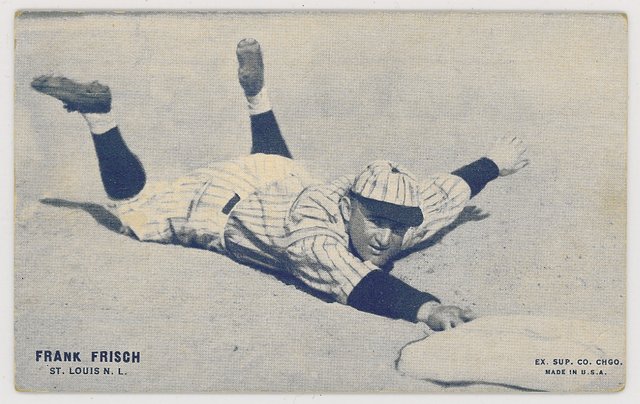
Same design. I believe the PCL set predated the 1928 set because of a quirk on the card backs. The PCL season started earlier than the MLB season. The 1928 MLB set is found blank backed or with a printed PC back with a coupon on a corner. Every so often you can find a 1927 (green tint) MLB card with a coupon, but the coupon is a stamp, not a printed back:
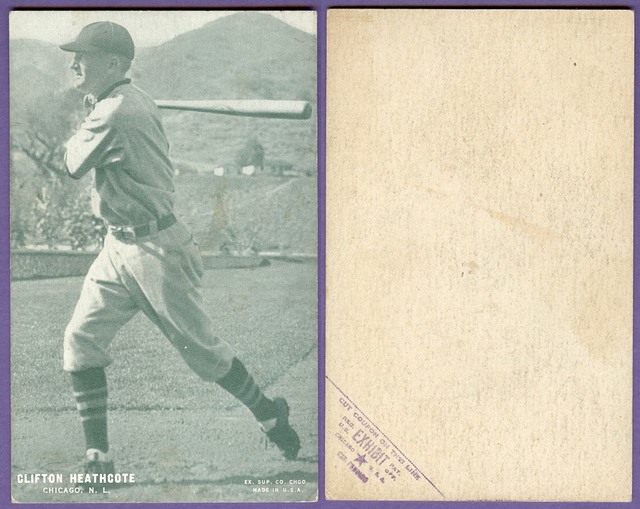
When the PCLs have coupons they are of the stamped variety. That tells me that ESCO started experimenting with the coupon program in 1927 and went all in on it in 1928-30, when it expanded to other issues as well, like boxing and entertainment:
1928 copyrighted back boxing card:
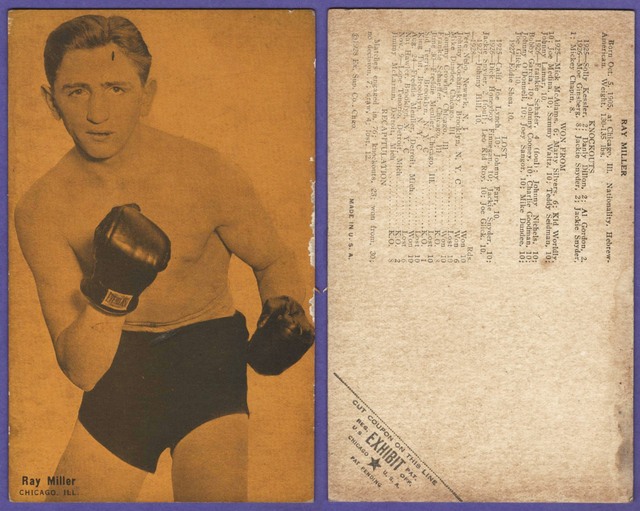
Yakima Canutt western card:
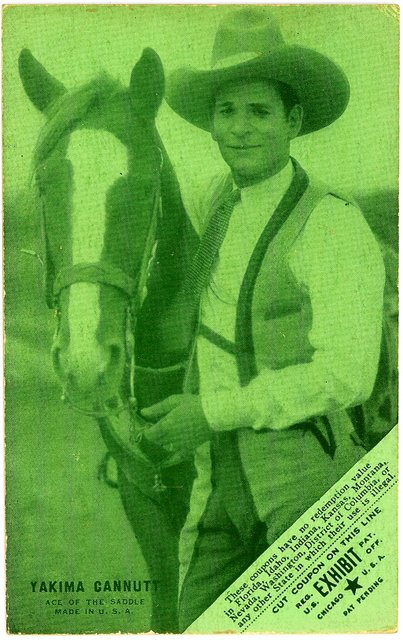
Here is a 1930 catalog page stating that all of the series now have a coupon:
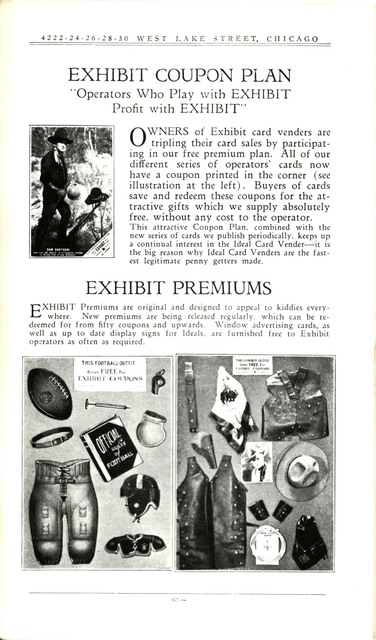
Stating that the cards 'now' have coupons in a 1930 catalog when we have copyrighted 1928 cards with coupons suggests that they rolled out the coupon program over the course of a few years. I suspect that as they redesigned the cards they added coupons. The implication of that rolling promotion is that the company ran with old designs as long as it could and redesigned when it had to, and thinking of sets as annuals is not necessarily accurate. Since baseball is a good seller and later baseball in each cycle seems tougher, I suspect the baseball issue dates were not set in stone as they seem to be with Topps but were part of the ongoing work flow.
Then there are the sample cards, which tell us more about the issue cycle:
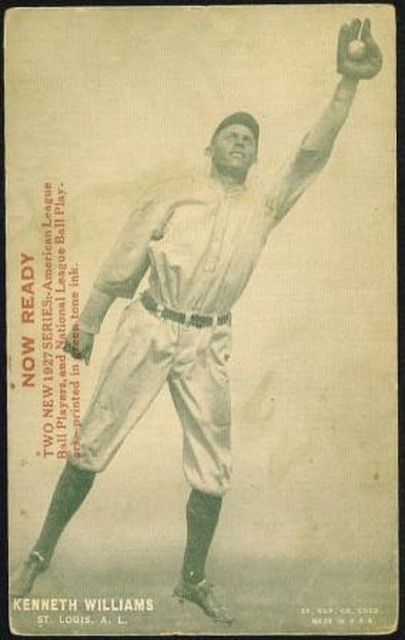
These tell you flat out when the sets were issued. Now, here's a 1925 sample card of Pancho Villa, a HOF boxer:
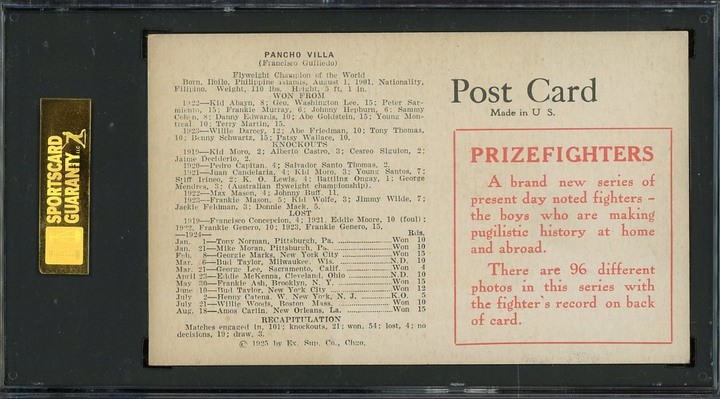
It has a 1925 copyright date and tells you there are 96 cards in the set, i.e., three sheets. However, I've cataloged more than that in the 1925 boxing set, which means that the company rejiggered its issues mid-stream (other variations also suggest tinkering). And bear in mind that the boxing cards have printed backs with copyrights from 1921-28, so there is no uncertainty about which card is from which set. There are also some cards that are a lot tougher to find than others even in the copyrighted supposedly three sheet 1925 set. That just screams SP cards replacing other cards on later printings.
Here is a sample card from the 1950s with a baseball checklist:
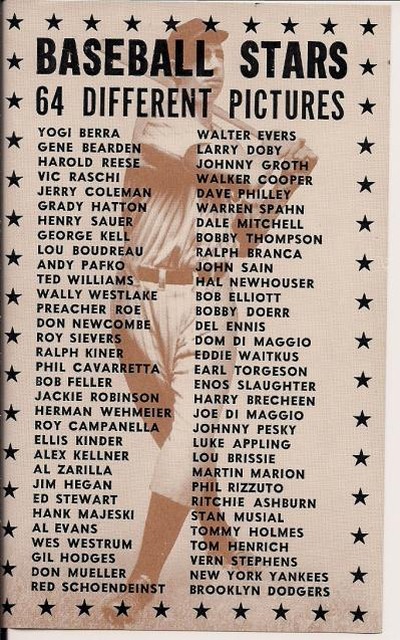
It lists Salutation cards of Feller Williams and Joe DiMaggio alongside cards of players like Berra and Hodges. The Salutations set is treated as a 1939-47 set and the 'typical' postwar set is treated as a 1947-66 issue. Wrong. Clearly, there were cards carried across years. Hell, here is an uncut sheet showing Colavito with Detroit and Ted Williams Salutation:
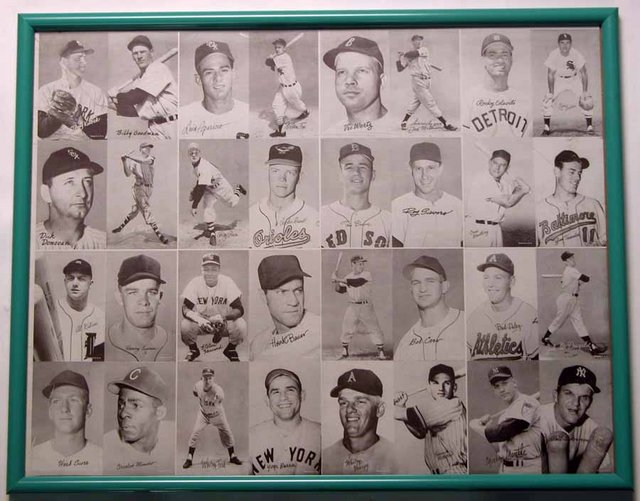
The Rock went to Detroit after the 1959 season.
The publicity material adds another dimension but it is subtle; I didn't pick it up for a while. Here is a portion of a catalog from the early 1950s:
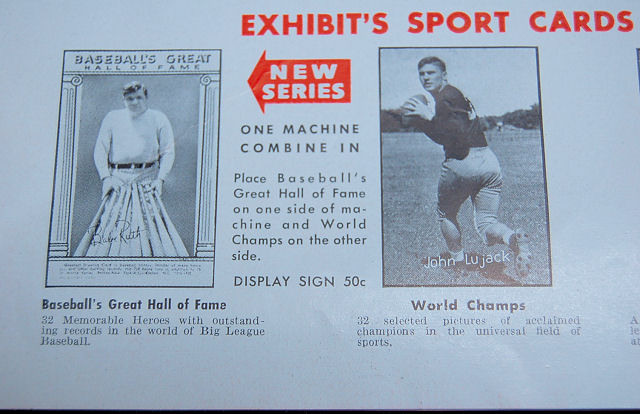
It has the 32-card HOF set for sale. I have seen later mail order sheets that also list the HOF set. That set is considered a 1948 set in the Hobby. Plainly it was multi-year and the conventional wisdom is wrong: the company ran it until sales fell off. It also has 33 cards due to a Ruth SP second card, not 32 cards. My hunch is that when the Babe died the company pulled a card and added in the second Ruth card to capitalize on the publicity. I suspect that this was not the only instance where cards carried through multiple years. In boxing, where I have researched this extensively, the set counts only work with multiple year carryover. And, as Scott stated above, designs were reused such that a later cycle 'set' may be in large part composed of reprinted cards from a year or more before.
Bottom line, thinking of the ESCO issues as discrete, evenly spaced sets like modern Topps issues is not accurate. The company ran with a set as long as it sold, and reused images whenever it could.